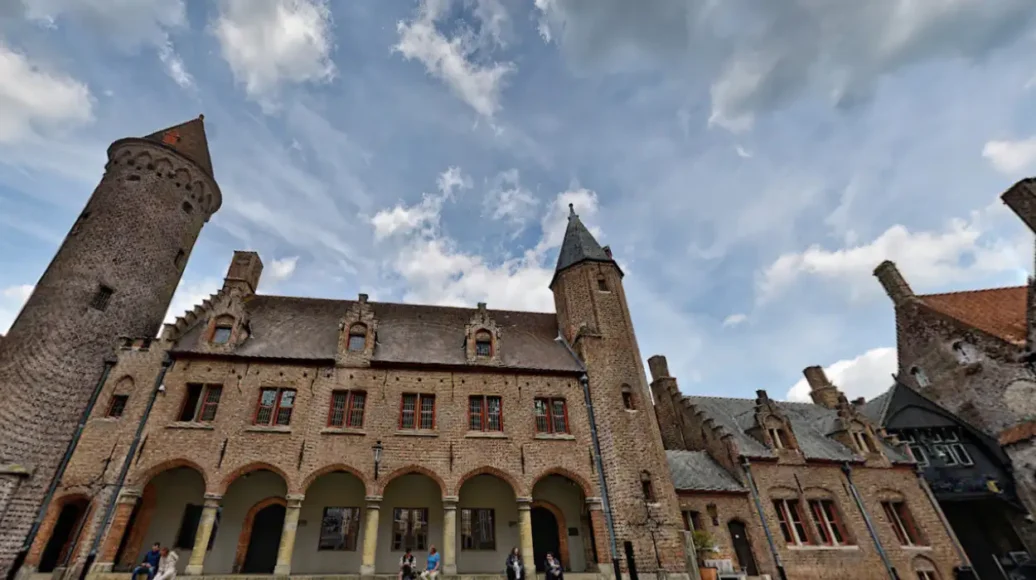The Enduring Relevance of To Kill a Mockingbird: Racism, Justice, and Moral Growth
Harper Lee’s To Kill a Mockingbird remains a powerful exploration of racism, the pursuit of justice, and the path to moral growth. Set in the 1930s American South, the novel serves as an insightful reflection on the deep-seated prejudices of the time. By immersing yourself in its pages, you gain valuable perspectives on human nature and the ongoing fight for equality, encouraging introspection about societal values and your own beliefs.
—
Understanding the Historical Context
To fully appreciate the themes of To Kill a Mockingbird, it is essential to recognize the historical backdrop in which the story takes place. The early 20th-century American South was characterized by systemic racial discrimination, rigid social hierarchies, and widespread injustice. The scars of the Civil War and Reconstruction, coupled with the dominance of white supremacy, created an environment rife with racial tension. African Americans faced relentless discrimination, their quest for civil rights often met with hostility and violence—realities that deeply shape the novel’s events.
The Impact of Jim Crow Laws
A critical aspect of this period was the enforcement of Jim Crow laws, which mandated racial segregation in public spaces and reinforced the deeply ingrained superiority of white citizens. These laws limited African Americans’ access to political, economic, and social opportunities, cementing their marginalization. The legacy of Jim Crow laws pervades To Kill a Mockingbird, influencing the experiences of its characters and shaping the moral dilemmas at the heart of the novel.
Social Divisions and Racial Hierarchies
Beyond legal segregation, entrenched social hierarchies dictated daily life. Communities were starkly divided along racial lines, with African Americans relegated to lower-status positions. In such an oppressive environment, white supremacy exerted control over every aspect of life, fostering fear and exclusion. As you explore To Kill a Mockingbird, you will witness these racial and social divisions reflected in the characters’ interactions and experiences, reinforcing the themes of injustice and inequality.
—
Racism at the Heart of To Kill a Mockingbird
Racism is a pervasive theme throughout To Kill a Mockingbird, vividly illustrating the discrimination and prejudice woven into the fabric of Maycomb society. The wrongful accusation of Tom Robinson, a Black man accused of assaulting a white woman, serves as a stark representation of racial bias and systemic injustice. This case exposes the deep-rooted prejudice that dictates legal proceedings and social judgment, forcing both the characters and the reader to confront unsettling truths.
The Consequences of Prejudice
Through the perspectives of Scout and Jem Finch, we witness the impact of prejudice on individuals and their community. The town of Maycomb serves as a microcosm of racial intolerance, where stereotypes and fear govern social interactions. Under the guidance of their father Atticus Finch, Scout and Jem begin to question these ingrained biases, illuminating the moral challenges in standing against injustice.
Loss of Innocence
As the children are exposed to the harsh realities of racism, they experience a profound loss of innocence. The unjust trial and conviction of Tom Robinson mark a turning point in their understanding of morality, showing them the stark contrast between their childhood ideals and the cruel realities of the world. Characters such as Tom Robinson and Boo Radley serve as representations of innocence destroyed by societal prejudice, emphasizing the novel’s critique of injustice.
—
Justice and Its Shortcomings
While To Kill a Mockingbird is a novel about courage and morality, it also serves as a critique of the American justice system. The legal process, intended to uphold fairness and truth, is shown to be deeply flawed when influenced by racial bias. Tom Robinson’s trial highlights how racial prejudice overrides evidence and justice, revealing the limitations of the very institution meant to protect the innocent.
A Flawed Court System
Despite the clear evidence of Tom Robinson’s innocence, the all-white jury convicts him based solely on race. This moment in the novel exposes the reality that the legal system often fails to deliver true justice, instead reflecting the prejudices of the wider society. By examining the trial, you are encouraged to question the fairness of legal proceedings in both historical and contemporary contexts.
Moral Integrity vs. Societal Norms
At the heart of the novel is Atticus Finch, who stands as a symbol of moral integrity. Unlike many in Maycomb, he refuses to accept racial inequality and instead demonstrates courage and empathy in his defense of Tom Robinson. However, his efforts also highlight the challenges of confronting societal norms—despite his best arguments, prejudice still prevails. His commitment to justice challenges readers to reflect on their own moral














Leave a Reply